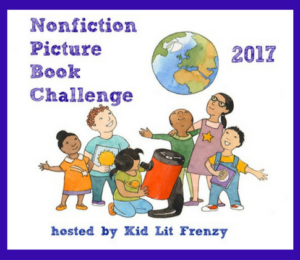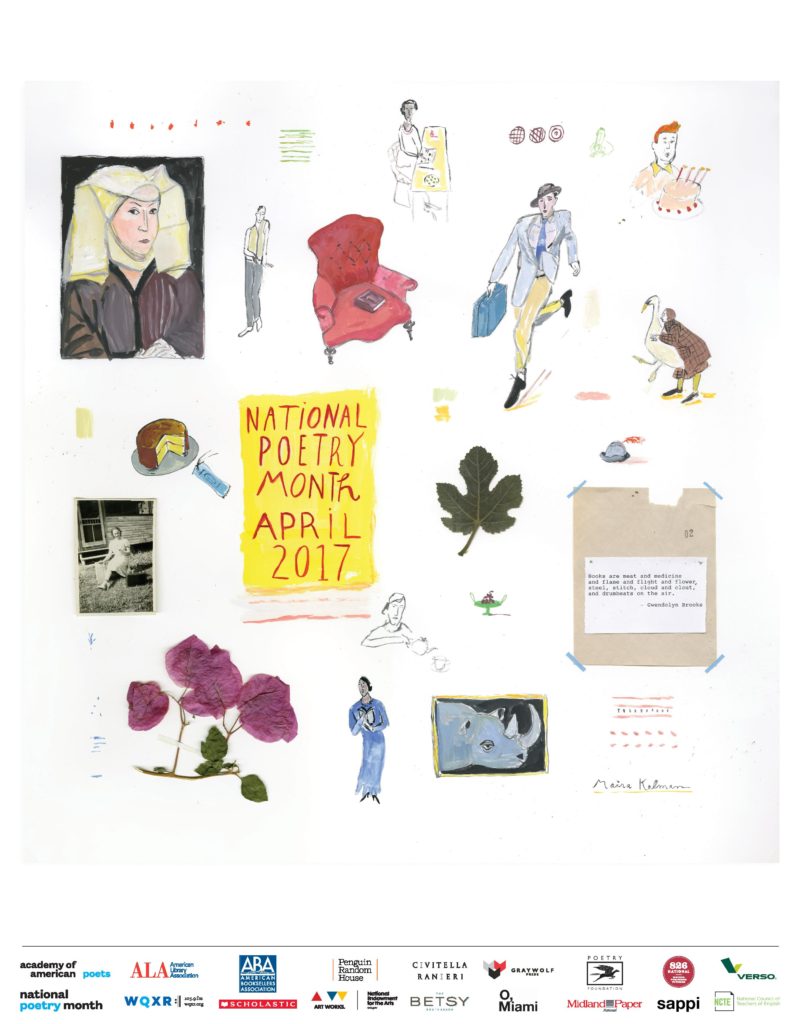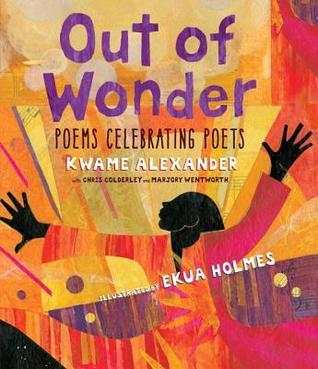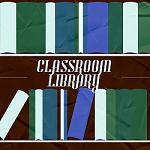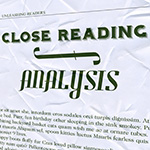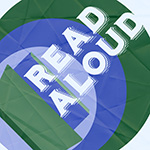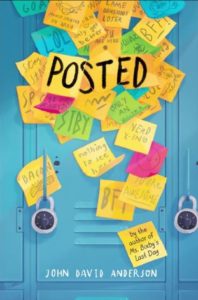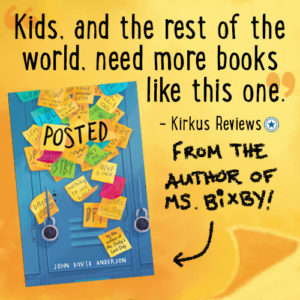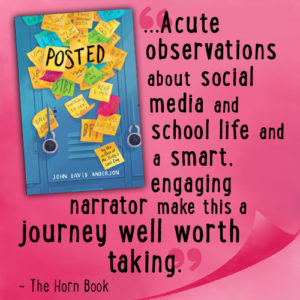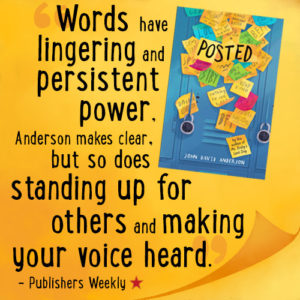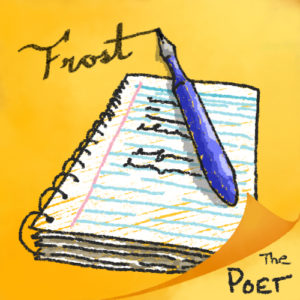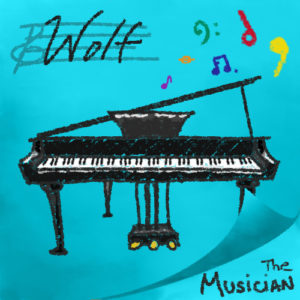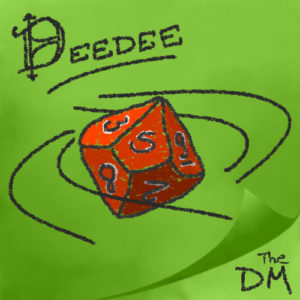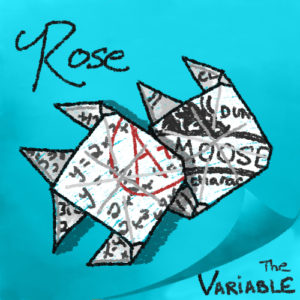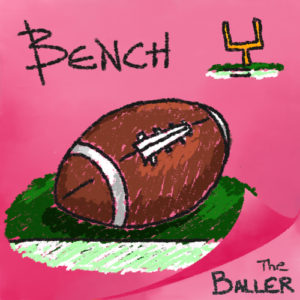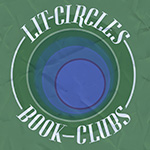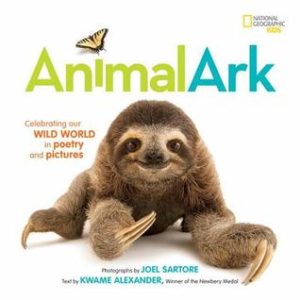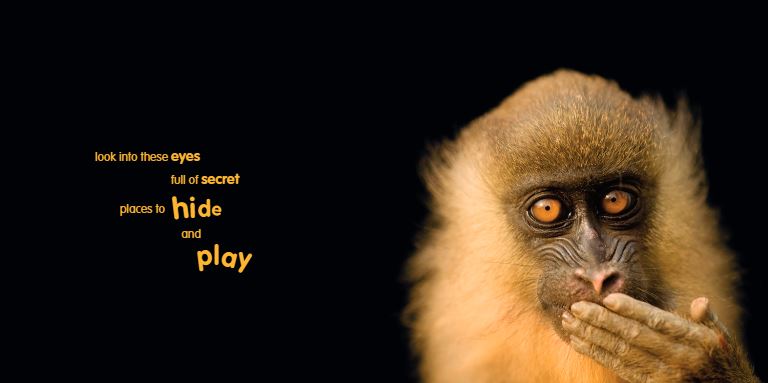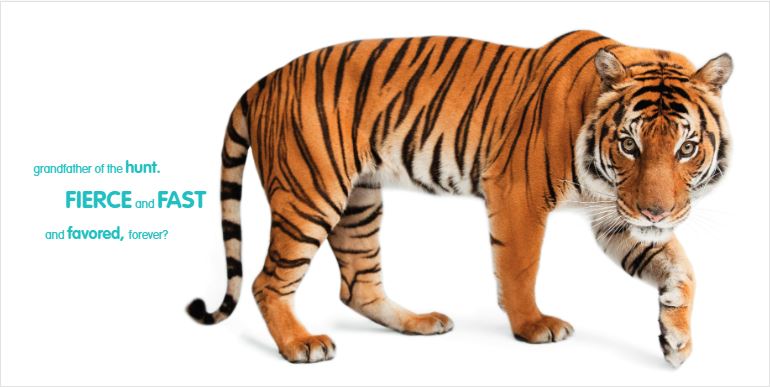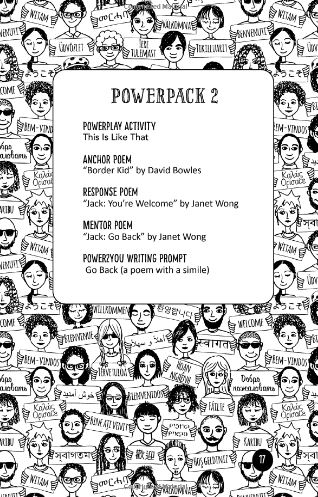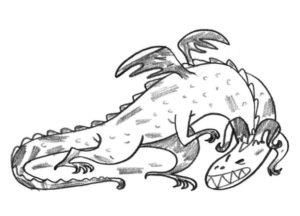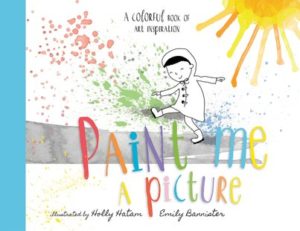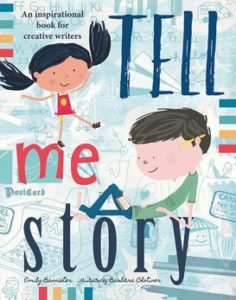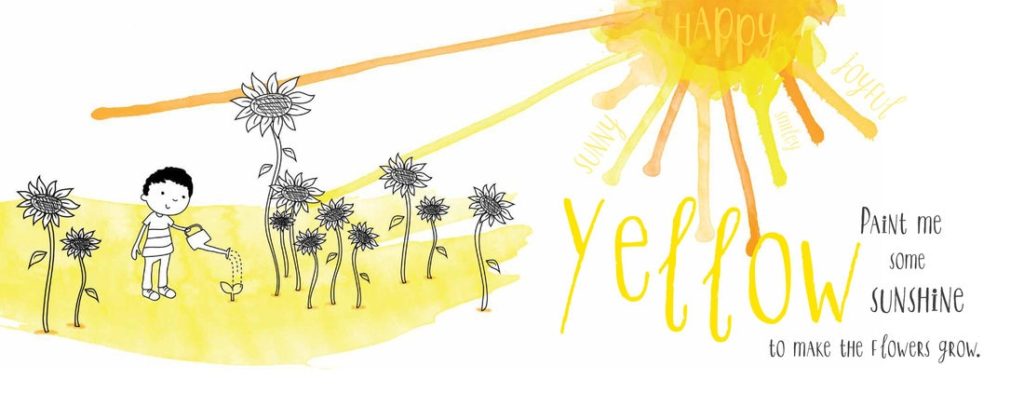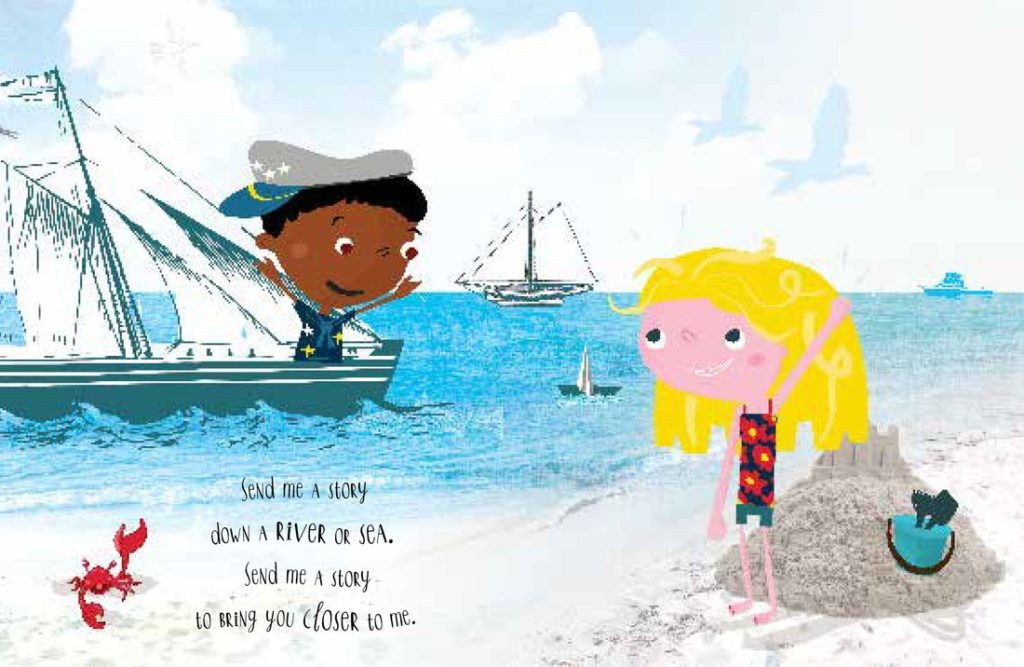How Do We Know What Someone Else Is Feeling?: Body Language, the Big Horse Book, and Imaginative Leaps in Bramble and Maggie
“Use your words,” kids are often told, when they’re melting down in tears or possibly hitting. Words are crucial so other people can understand what we’re feeling.
But what if the “person” you are trying to communicate with is from a species that doesn’t use words? Not space aliens—I’m talking about animals.
Most of us are familiar with how cats and dogs express themselves. Kisses and wiggles translate well, and I still remember my shock as a toddler when I was pestering the extremely gentle family dog, and he barked at me. I knew just what he meant!
Horses have feelings too, and figuring them out has been a big part of my life, as a horse-lover and an author. Usually my horse books are written from a human point of view, but the Bramble and Maggie books also incorporate the horse’s perspective. From Horse Meets Girl onward, the Bramble and Maggie books have been praised for incorporating both points of view without being anthropomorphic.
How does Maggie know what Bramble is feeling? She relies her ‘big horse book,’ which she carries everywhere. It is a source of such advice as “Don’t fall for the first horse you see.” Sometimes this is conveyed in the art, to keep the printed text clean and clear. At other times, when carrying the book isn’t practical, Maggie remembers what it says. From the beginning of the series, the ‘big horse book’ has allowed me to convey sophisticated information in bite-sized nuggets, and forms a counterpoint to Bramble’s more direct communication style (beautifully captured by illustrator Alison Friend).
InHorse Meets Girl, when left alone on her first night at Maggie’s house, Bramble kicks her stall repeatedly. Maggie consults the book. Learning that “. . . horses are herd animals. They like to be with other horses,” she tells Bramble a story, sings her a song, and when informed in no uncertain terms that that’s not good enough, she curls up in a sleeping bag outside Bramble’s stall. I have a horse, Maggie thought. And she has me.
In Give and Take Maggie saddles up for her first ride. ‘Bramble knew about rides. The rider sat in the saddle. The horse did all the work.’ Bramble does want to explore and meet the neighbors, but she has some stipulations. ‘Neither of them should be boss all the time. There should be some give and take.’ She holds her head high, refusing to be bridled. Maggie pulls out the big horse book, and gets an idea. ‘“If you put your head down, Bramble, I’ll give you a carrot.”
Bramble sniffed the air. Did Maggie really have a carrot?
Yes.
Bramble lowered her head. Maggie gave her a carrot, and Bramble took it. She let Maggie put on the bridle. This was better. Give and take.’
In Spooky Season, Bramble indulges in dramatic leaps of pretend fear to express the exuberance of an autumn day, causing Maggie to fall off (why do they call it Fall?).
‘Maggie knew what her big horse book said. If you fall off a horse, get right back on, before you have time to get scared.’
It’s too late for that. Maggie’s already scared. But Bramble communicates her concern, standing patiently, making her eyes soft and gentle. “I have to, don’t I?” Maggie said. “I hope you’re saying you’ll be good.” That’s exactly what Bramble is saying, and she makes good on that promise again on Halloween, when not even the spookiest ghost can scare her.
In the newest Bramble and Maggie book, Snow Day, a big storm is coming. “Does that horse need a blanket?” the neighbor asks. ‘“No,” Maggie said. “Her long hair will keep her warm.” That was what her big horse book said.’
But after dark, as the storm moves in, Maggie worries. Mom and the big horse book reassure her that horses lived through the Ice Age, and are adapted to cold. “Bramble is as safe and warm as we are,” Mom says.
But Bramble finds the storm exciting. She can’t stay still—and thanks to a not-quite-shut stall door, she’s soon outside. After taking a walk, she decides against going back indoors. ‘ . . . she liked it out here. The snow settled on her back, as thick as a blanket. It kept her warm. Bramble turned her tail to the wind. She put her head down.’
I’m now the author of my own ‘big horse book,’ (The Horse-Lover’s Encyclopedia, Storey, 2017). I know all about how horses are heated by the fires of their own digestion, insulated by layers of hair that create air pockets, kept dry by oils on their coats. They are northern animals. They were shaped by the Ice Age.
Still–I spend a lot of time and energy providing shelter for horses, only to see them horses standing out in the storms, backs to the wind, looking miserable. They can’t be miserable. They have the option of shelter. So why do they do that? Body language doesn’t tell me, and neither does my ‘big horse book’. All I’m left with is an imaginative leap.
‘She was stronger than the storm. It was just air and snowflakes.
She was a horse. ‘
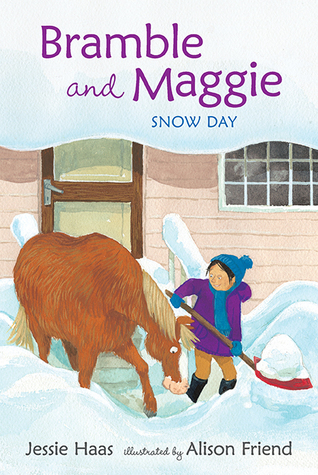
About the Book: Bramble the horse and her devoted girl, Maggie, face a major snowstorm in their fourth adventure.
The sky is white, the air is cold, and snowflakes are falling, tickling Bramble’s back. By bedtime, Maggie and her family are ready for the storm: they’ve shopped for supplies, covered Bramble’s hay with a tarp, and filled the bathtub with extra water. But Bramble is too excited to sleep; she wants to be out in the white, wild world. Luckily for Bramble, she has a shaggy coat to keep her warm. And luckily for Maggie and her family and friends, when morning comes, Bramble can help dig through the deep snow that has most of the neighbors stuck in their homes. Soon the snow day becomes a block party complete with marshmallows, cocoa, and lots of friends. Chapter-book readers of the horse-loving variety will relish the camaraderie and enjoy the equine exploits in this cozy wintertime tale.
Review and Author Q&A here on Unleashing Readers about the first three Bramble and Maggie books!
Kellee’s Review: There is a very specific time in a kid’s life where they are ready to begin reading longer books, but not ready to tackle chapter books yet. This is where Bramble and Maggie fits. These early chapter books will are perfect texts to help lead kids to longer chapter books. The work well for their targeted age level in that they never speak down to readers and have excellently paced stories that hold readers’ attention and will help them feel successful. On top of all this, the Bramble and Maggie stories are just so sweet! I love all the different adventures they go on and the lessons they learn like overcoming fear, conquering loneliness, and gaining responsibility. Readers will adore these books.
Ricki’s Review: Kellee hit the nail on the head. As I was reading, I thought to myself, “Why didn’t I have these books available to me when I was transitioning to chapter books?” I remember being devastated that my books no longer had pictures in them, and I resisted the longer texts for this reason. This series is engaging, educative, and fun! The words repeat in ways that will help students learn the vocabulary, particularly the more difficult words that relate to horses. Each book delivers a strong message, and the bond between Bramble and Maggie is one which will connect with readers. When I think about these books, I will always remember Maggie dragging her sleeping bag to the stable to sleep beside Bramble. I can’t wait to share these books with my pre-service elementary school teachers. They will have a special place in classrooms.
Curriculum Guide
Interview with the Illustrator
Thank you, Jesse for this post!
 and
and
